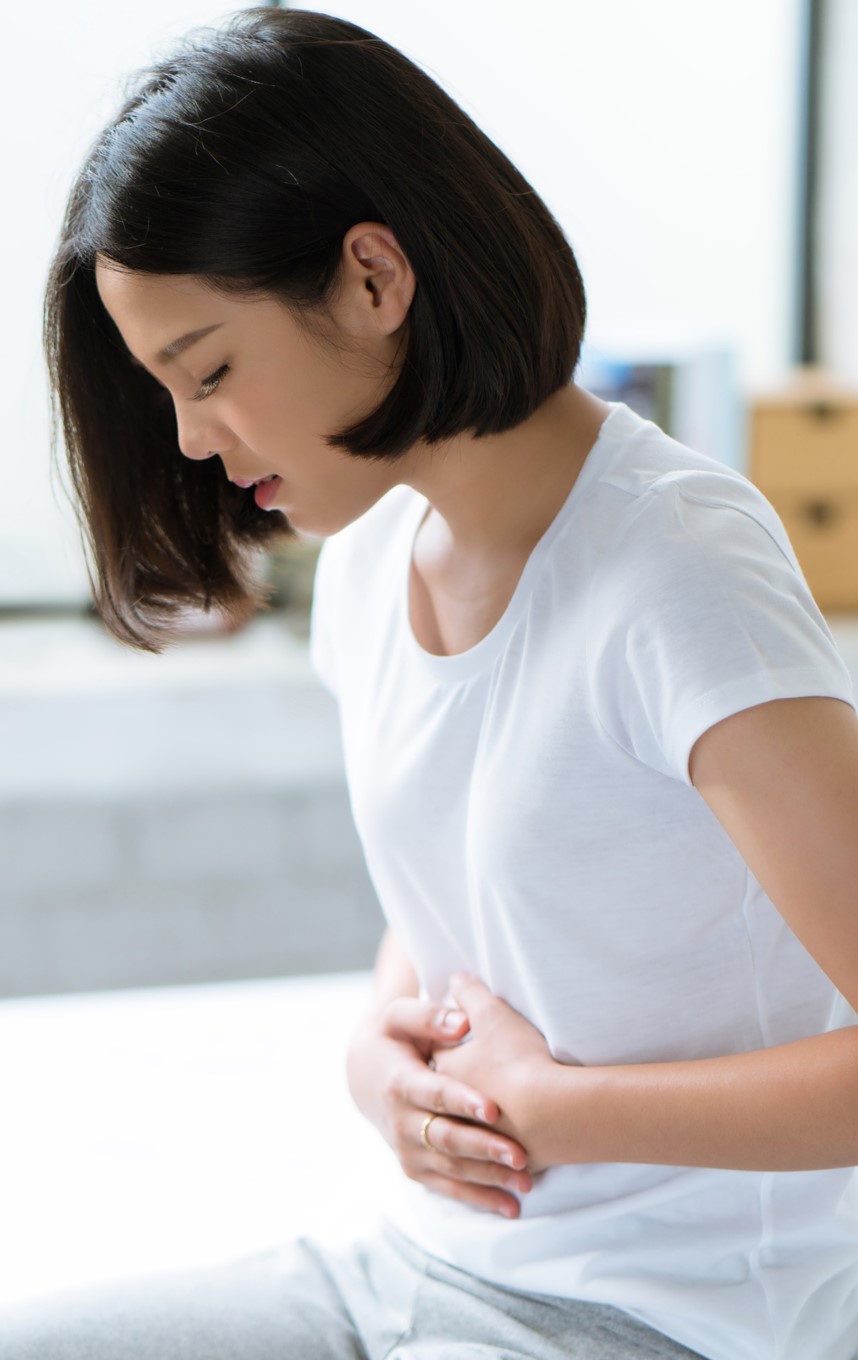Mitigation of gastric ulcers

Gastric ulcers are known to affect 5-10% of the population. They are commonly caused by infection from the bacterium Helicobacter pylori or from extended use of non-steroidal anti-inflammatory medications. Gastric ulcers can also be caused by alcohol intake. This has led to the development of a widely used gastric ulcer model involving ethanol ingestion.
Fucoidans have previously been shown to be effective in preventing and managing gastric ulcers. High purity fucoidans have been demonstrated to be effective inhibitors of H. pylori adhesion to human gastric epithelia in vitro (Chua, 2015), whilst consistent clinical work has confirmed increased rates of healing for stomach ulcers following the ingestion of fucoidan extracts (Juffrie, 2006).
A recent mouse study, utilising the ethanol-induced gastric ulcer model, aimed to further explore the potential gastro-protective effects of high purity fucoidan. The study is the first of its kind to identify a potential role for fucoidan in mediating inflammasome NLRP3 expression and related pyroptosis (inflammatory programmed cell death) biomarkers in gastric ulcer tissue.
Researchers noted the dose-dependent gastro-protective effects of fucoidan, along with its significant anti-inflammatory and antioxidant activity. They concluded fucoidan ‘mitigates the aggression of gastric ulceration by alleviating the inflammasome-mediated pyroptosis.’
The study also compared the effects of fucoidan to those of the commonly used acid supressing medication, omeprazole. Although omeprazole was more effective than fucoidan, researchers noted that fucoidan offers the additional advantage of being a natural product with a high safety profile and no adverse effects.
The fucoidan used in the study was high purity Fucus vesiculosus fucoidan produced by Marinova Pty Ltd.
The full paper, ‘Fucoidan mitigates gastric ulcer injury through managing inflammation, oxidative stress, and NLRP3-mediated pyroptosis’ was published in the journal International Immunopharmacology.